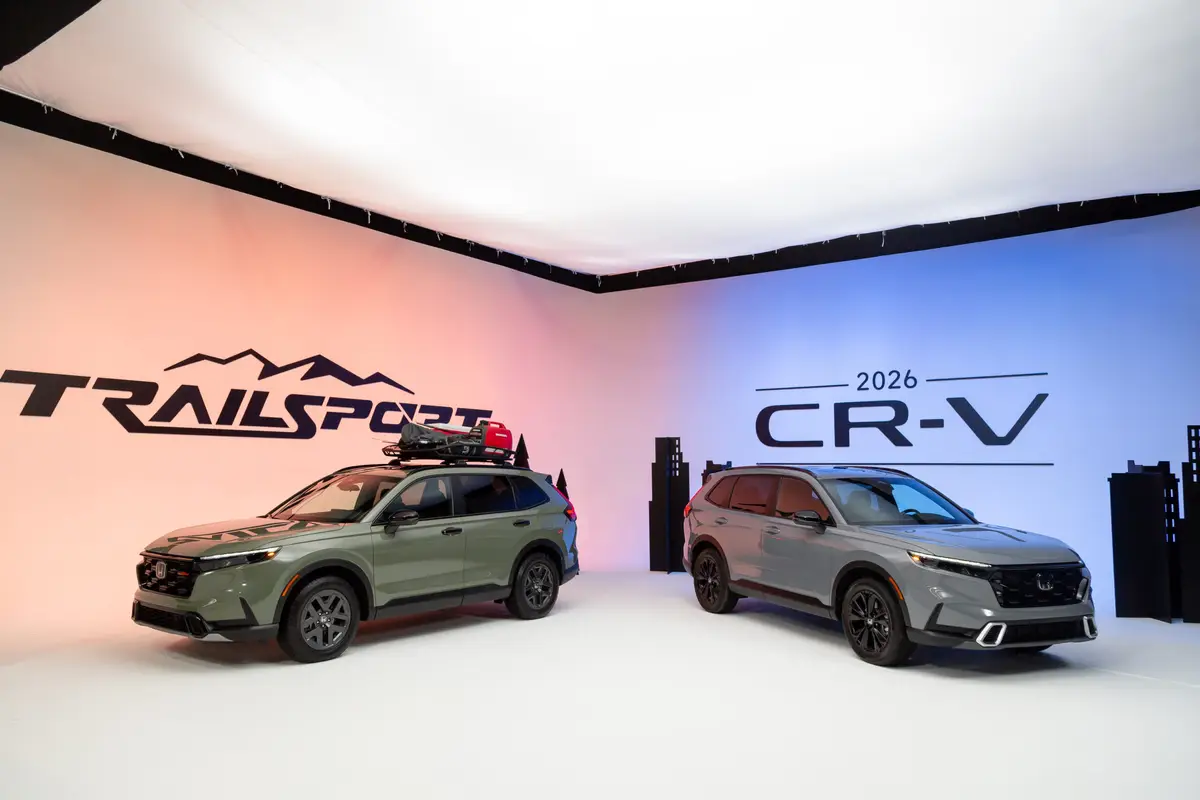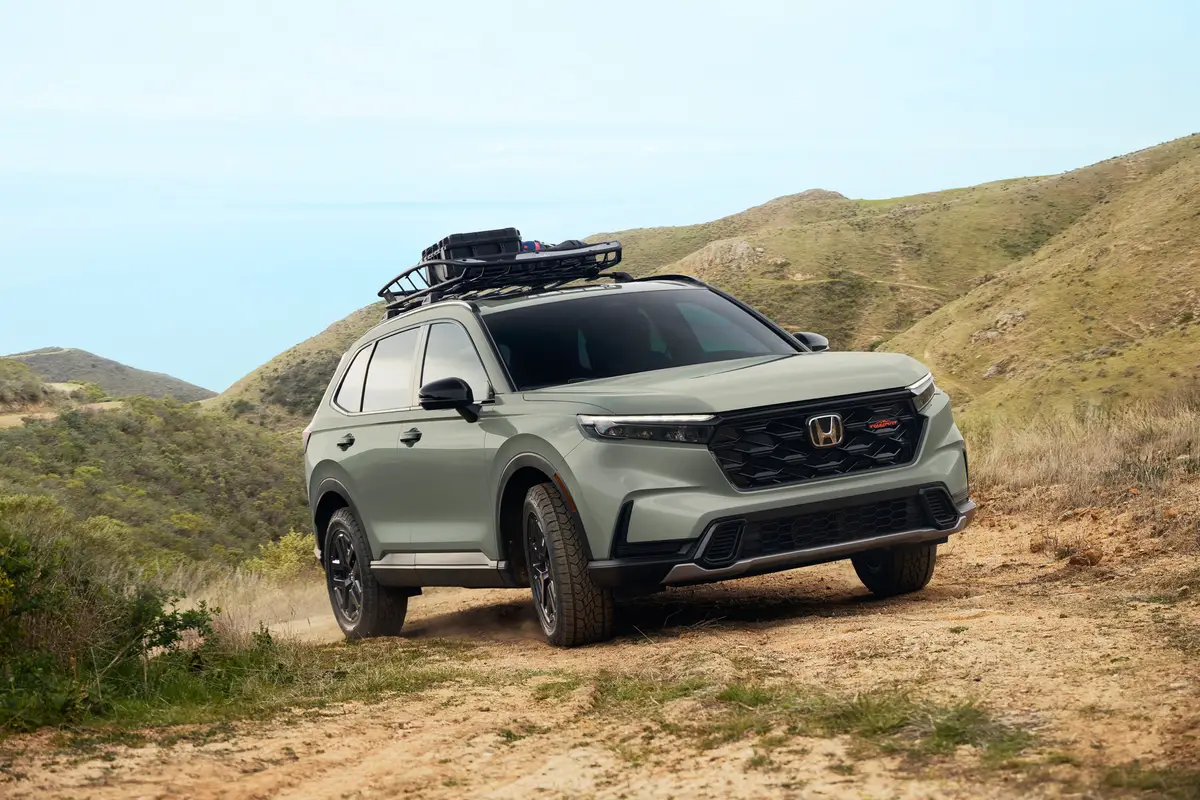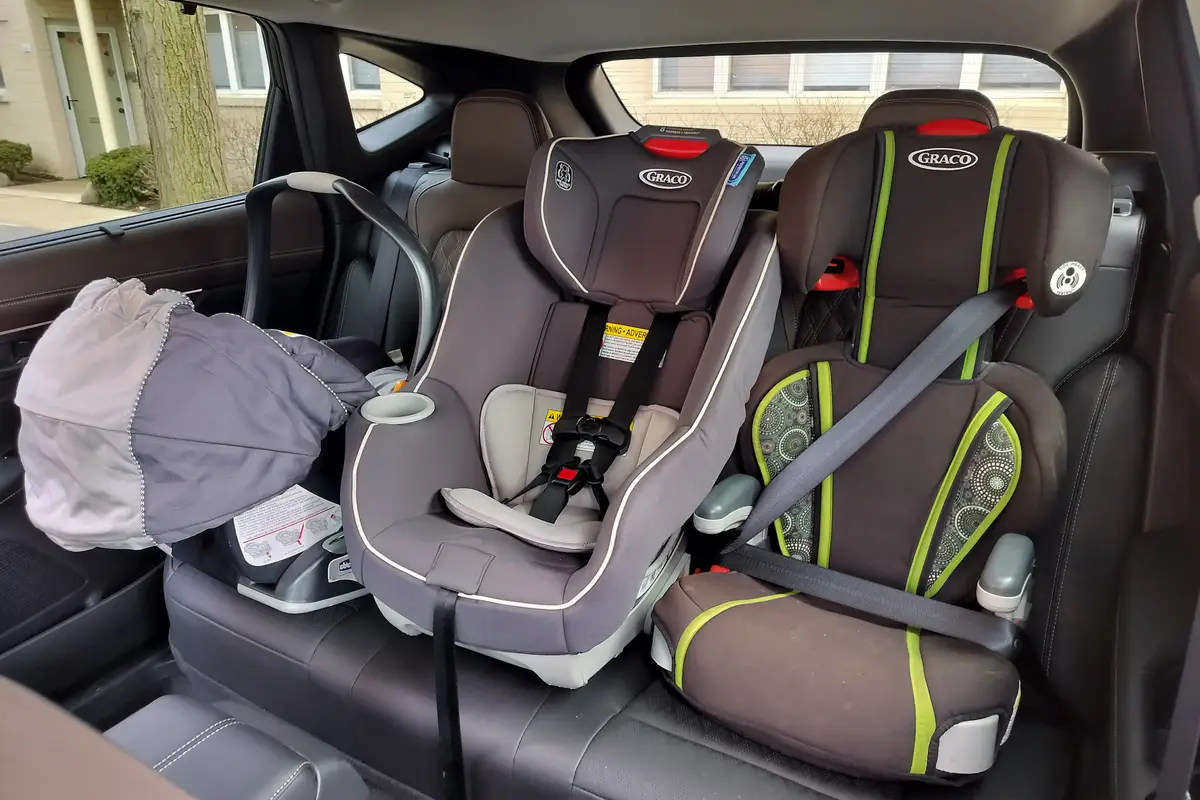IndyStar.com's view
In the numbers game played on the American automobile market, Mazda Motors Corp. is holding one of the winning tickets for the 1992 model run.
The magic number is 3, combined with the capital letters MX.
MX-3 is the model designation for the 1992 Mazda MX-3 sports coupe. There is no dearth of sports coupes today, but the new front-wheel-drive MX-3 is slated to earn a special niche in the marketplace.
The product of a company that produces an automotive line running from high-performance sports cars to luxury-type sedans, the MX-3 will join the renowned RX-7, MX-5 Miata, and MX-6 sport coupe.
Not just another coupe, the MX-3 embraces aerodynamic styling, high-tech mechanical features, and an affordable price. “We’re told it will be priced under the (Mazda) Miata,” said Jeff Roush, vice president and general manager of Tom Roush Lincoln-Mercury-Mazda. “The Miata with what you want on it runs $16,000 to $17,000, and I understand it’s (the MX-3) well under that.”
The high-tech features of the MX-3 start with an optional four-cam, 24-valve V-6. There are lots of other 24-valve V-6s around. But most are around 3.0 liters.
The one in the new coupe has a piston displacement of l.8 liters. And that earns it the distinction of being the smallest mass-produced V-6 in the world.
“I’m sure that most of the buyers are going to want the V-6,” said Ron Vanags, general manager of Speedway Mazda. “It’s just a preferred engine over the four.
Standard in the MX-3 is an 88-horsepower, 16-valve, single-overhead-cam, four-cylinder engine with a displacement of 1.6 liters. The V-6 develops 130 horsepower.
Putting four valves per cylinder in a V-6 of 1.8 liters is quite an engineering feat, as the engine has a bore diameter of but 2.95 inches. The two intake valves and two exhaust valves lie at an angle opposite each other on either side of the head. All the mechanical componentry operates with Swiss watch-like precision.
The heads and cylinder block are made of aluminum alloy for light weight, but Mazda engineers have incorporated cast-iron cylinder liners for durability. Other advances include new side-feed fuel injectors that provide better throttle response.
The MX-3 is not all engine, of course. Mazda says the coupe will seat four in comfort. However, a guess is that with only 96.3 inches of wheelbase and 165.7 inches of overall length, the sports coupe’s back seat is going to be best suited for the little people.
“It’s supposed to fit into that midrange of cars,” Roush said. “What they’re going against is the (Toyota) Celica and the (Honda) CRX. They’re looking to knock off the CRX.”
Mazda expects the car to appeal to younger buyers, those between 25 and 35 years old. “It’s a flashy car,” Vanags said. “My personal opinion is it’s going to be popular among young female buyers.”
Interior styling has been crafted to match the sleekness of the exterior. An integrated, contoured environment surrounds the driver and passengers. Instrumentation and controls are grouped so they are within easy sight and reach of the driver.
The coupe has three transmissions available, a five-speed manual for the four-cylinder, a high-torque five-speed manual for the V-6, and an electronically controlled four-speed automatic for both the four-cylinder and the V-6. The shift lever for all three transmissions lies just off the driver’s right hand.
Projected production is 30,000 to 40,000 units the first year, a number that should assure decent availability to the local Roush, Speedway and Tom Wood Mazda dealerships during its introduction in the fall.
“I think we’ll see some first-time buyers,” Roush said. “And certainly it’s going to be a second car for a lot of people, something they can run around town with.”
The jury is still out as to whether the MX-3 pirates sales from the Miata, but Roush doesn’t seem to feel it will. “It’s going to be
a different buyer,” he said. “It’s going to be a primary car for younger peop le. The Miata h as proved to be a fun car for older people.”
Dealers speculate that buyers will prefer the better-class GS V-6 model with four-wheel disc brakes and 15-inch wheels rather than the 14-inch wheels that go with the four-cylinder model.
“This is a totally different market that I’ve never gotten into before,” Vanags said. “I’d call it a specialty market, one that will cater to the young professional.
“It’s going to be something a young person can get into without a lifetime of car payments. It’s going to have performance. And I think it’s going to be a winner.”
Latest news



